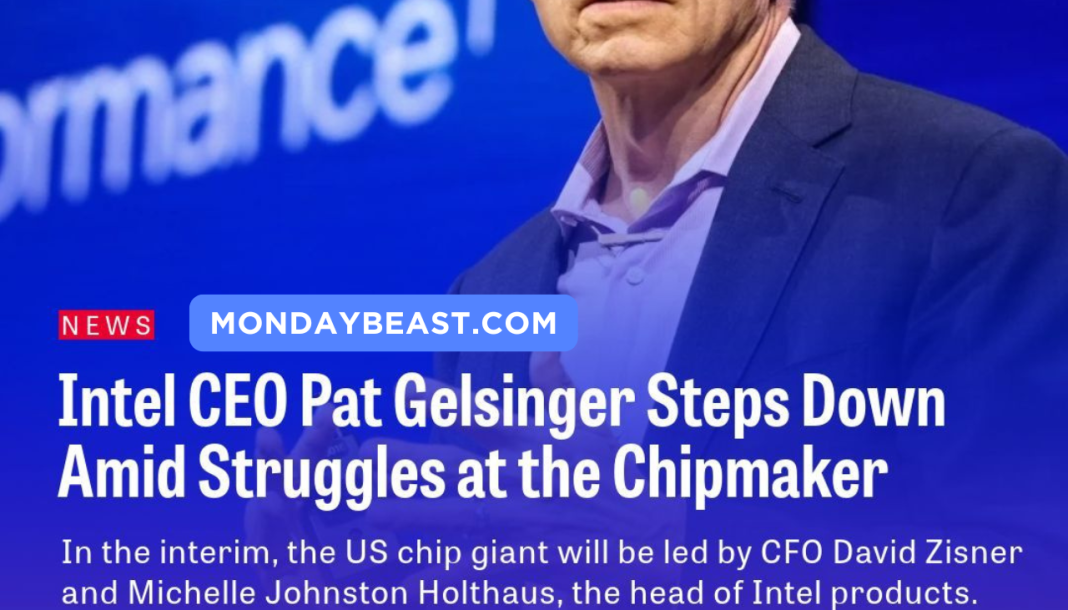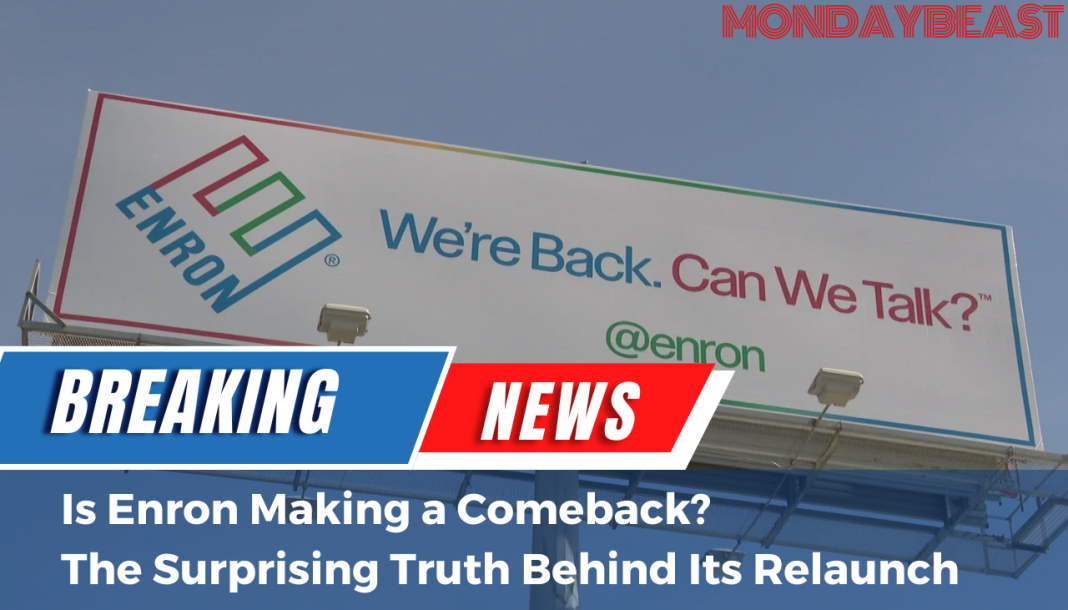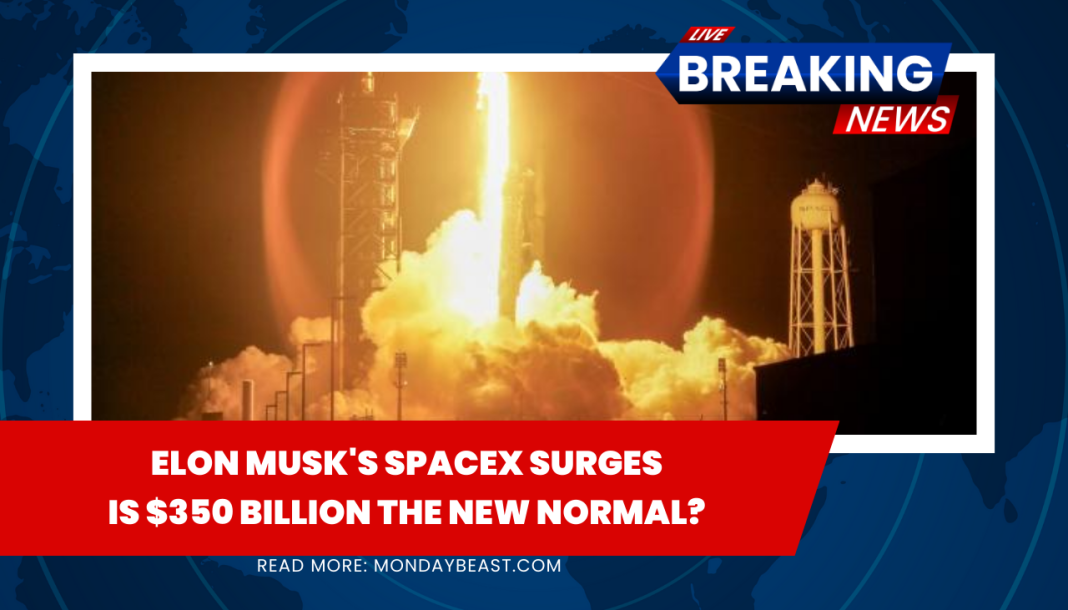Intel’s board stunned many with their decision to oust CEO Pat Gelsinger. His nearly four-year tenure, once filled with promise, now seems tainted by missed opportunities. How did Intel, once a titan, find itself in this position?
Gelsinger started strong but faced significant challenges. He wanted to transform Intel into a chipmaking powerhouse. However, fierce competition from Nvidia and others raised doubts about his plans.
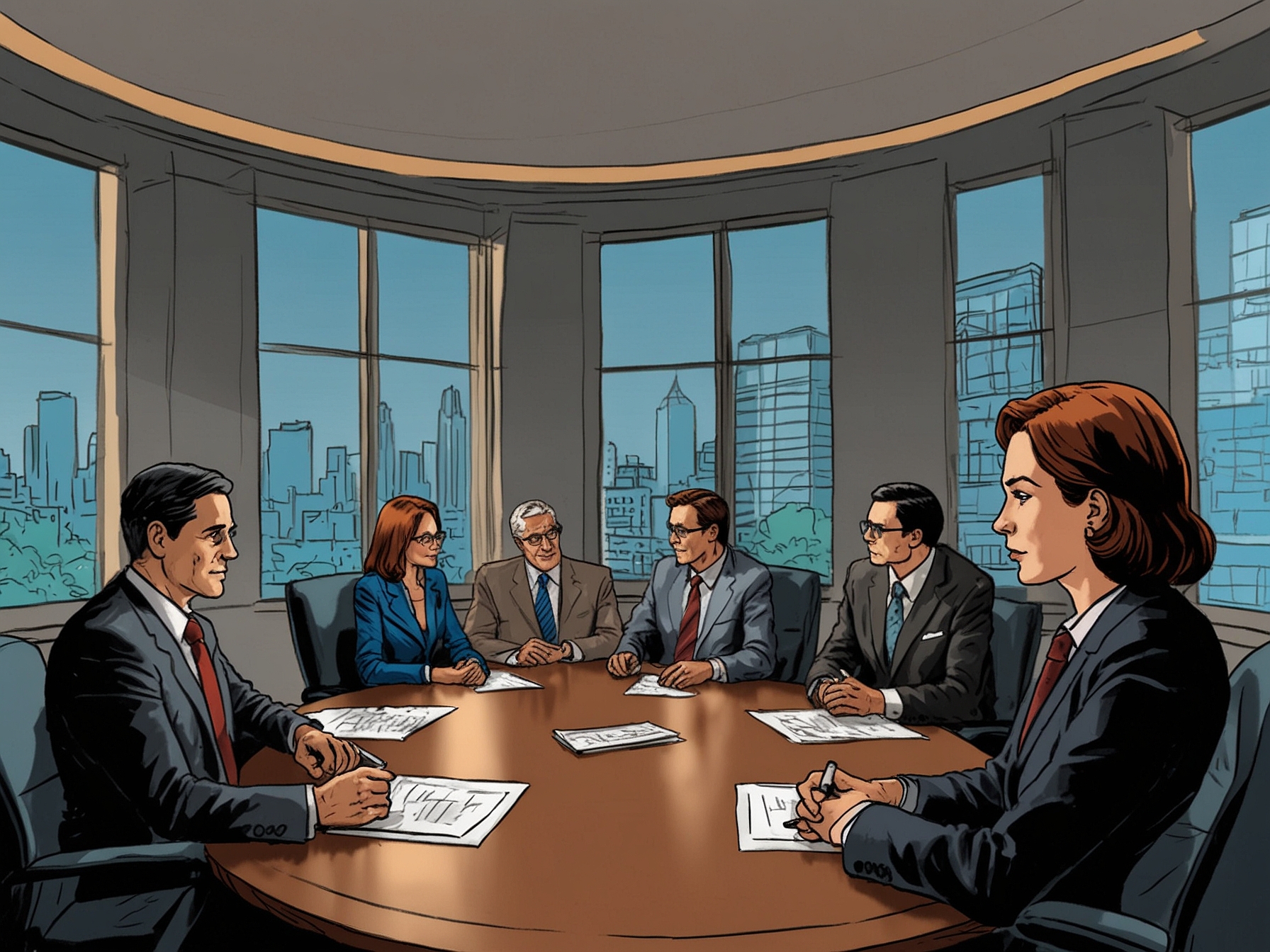
Many have wondered if his bold strategy was realistic or simply overreaching. Amidst increasing scrutiny, the board expressed concerns. They questioned Gelsinger’s responses to changing market dynamics.
Were his strategies enough to compete? This critical moment reflects a larger issue in the tech industry—how quickly things can change. A week before Gelsinger’s ouster, Intel secured a massive grant.
This $7.86 billion investment from the U.S. government under the CHIPS and Science Act was meant to bolster its efforts. Yet, the irony isn’t lost on many: even this support couldn’t save him from the board’s disappointment. Right now, Intel seems to be in a tough position.
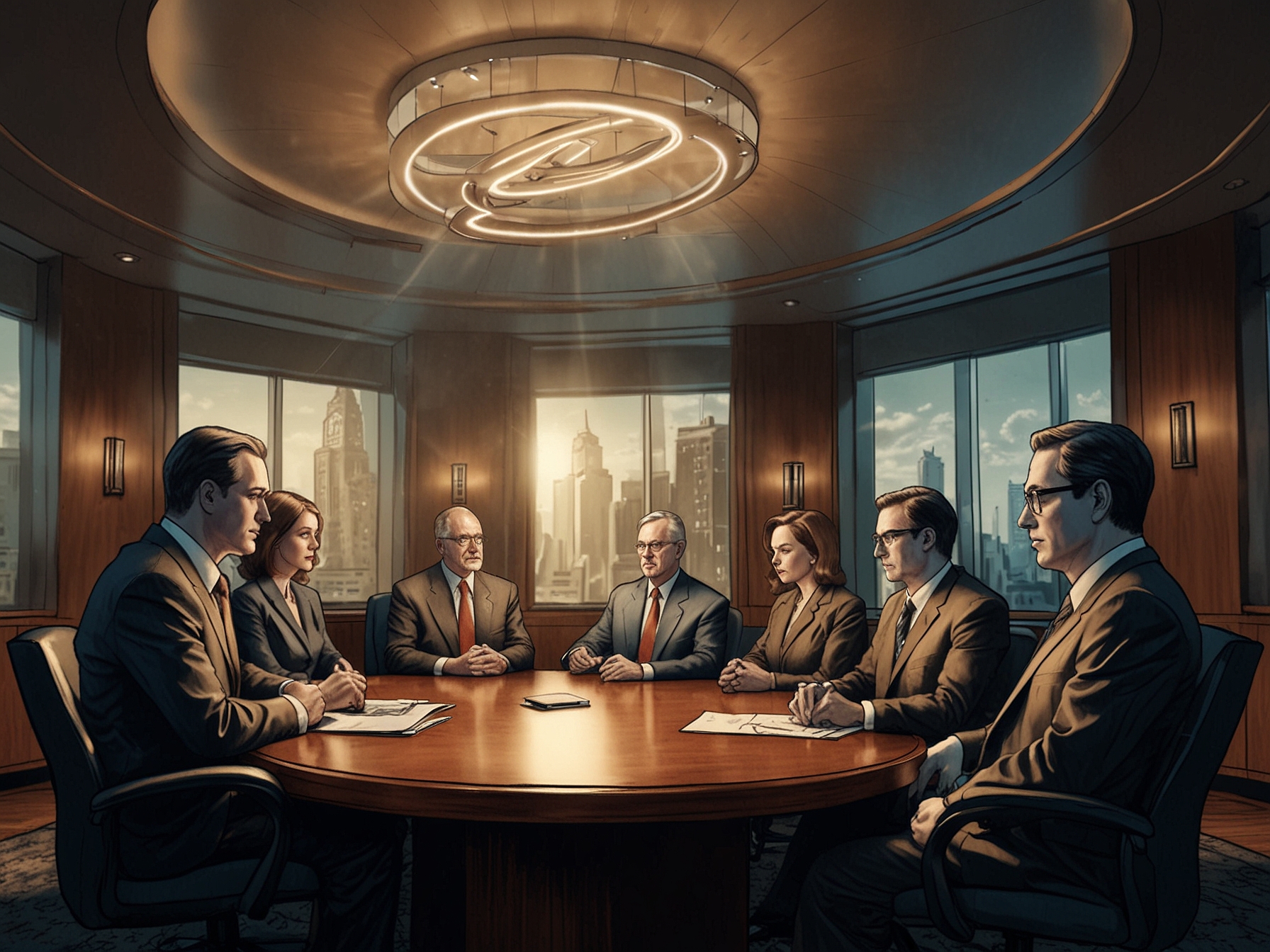
With CFO David Zinsner and Intel products CEO MJ Holthaus stepping in as interim leaders, the question arises—where do they go from here? Can they restore confidence in Intel’s prospects? Every decision made in this period will be watched closely.
Gelsinger’s legacy is now a complex one. He returned to Intel to drive change and innovation. His bold aspirations to compete with industry giants like Samsung and TSMC seemed ambitious.
The question is: were they achievable? Some analysts have voiced their perspectives on the situation. They believe that while Gelsinger had vision, execution faltered.

Perhaps a balance between aspiration and attainable goals was necessary. It prompts a broader discussion in business—how do companies manage growth while also navigating fierce competition? As for investors, their confidence eroded under Gelsinger’s watch.
The aggressive spending to expand production facilities raised eyebrows. Was it wise to bet big without clear returns? Investors seem to think not, leading to mounting pressure on the board.
The path forward for Intel is laden with uncertainty. Gelsinger’s departure signals a change in strategy. Can the interim leadership shift focus effectively?
This transition phase is crucial. Intel needs to find its footing in a rapidly evolving industry. In the wake of Gelsinger’s ousting, speculation mounts about the future.
Who will take the helm next? Can new leadership breathe life back into Intel? For many, the hope is that a fresh approach can reignite investor confidence.
Ultimately, this saga begs the question: what does it take to lead a tech giant in today’s world? Can vision alone guide a company through turbulence? Or is adaptability just as important?
As Intel searches for its next leader, it seems the answers remain elusive.

